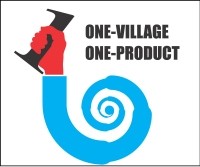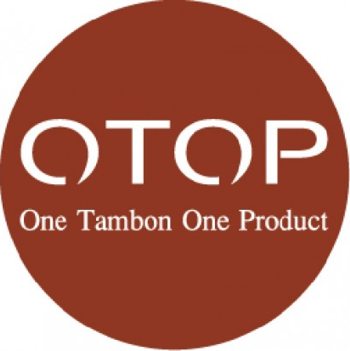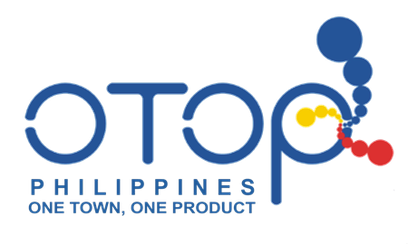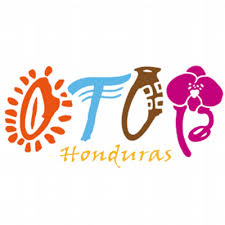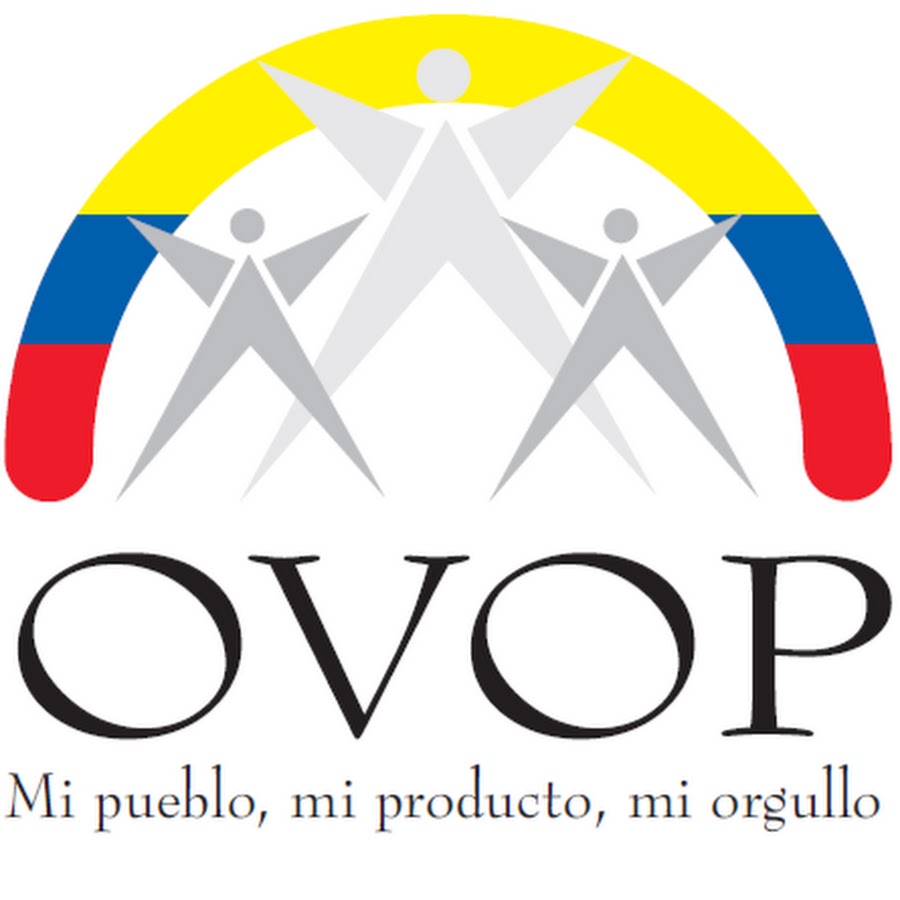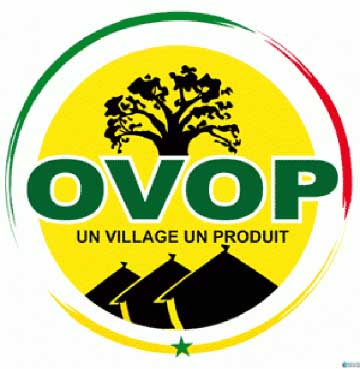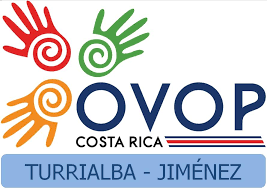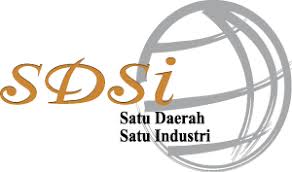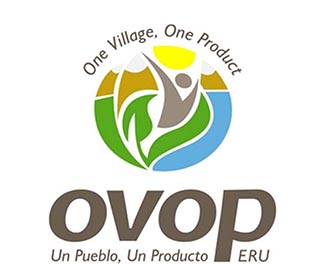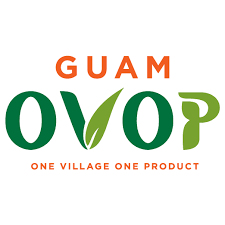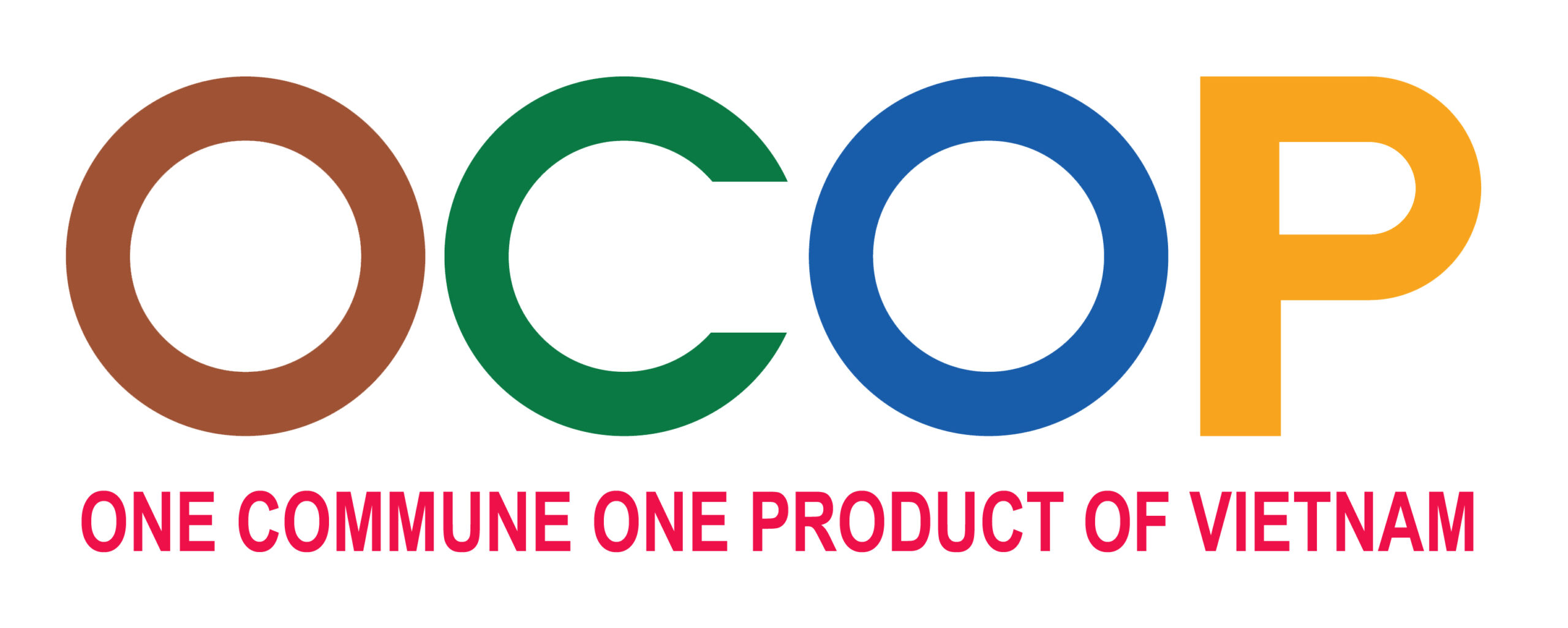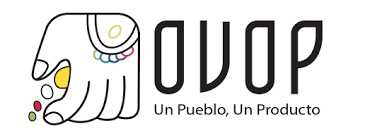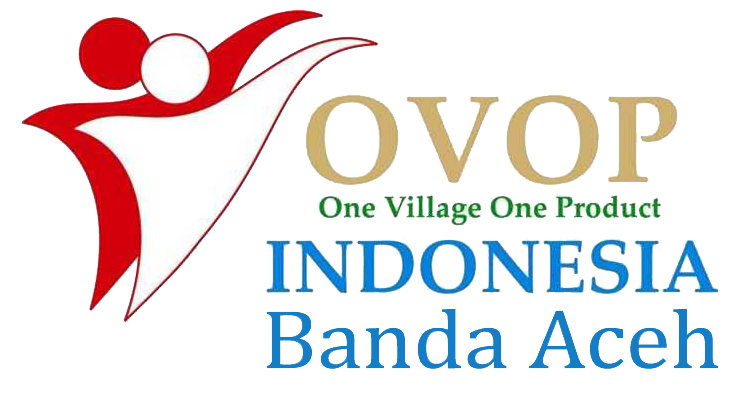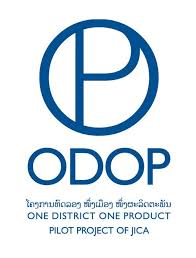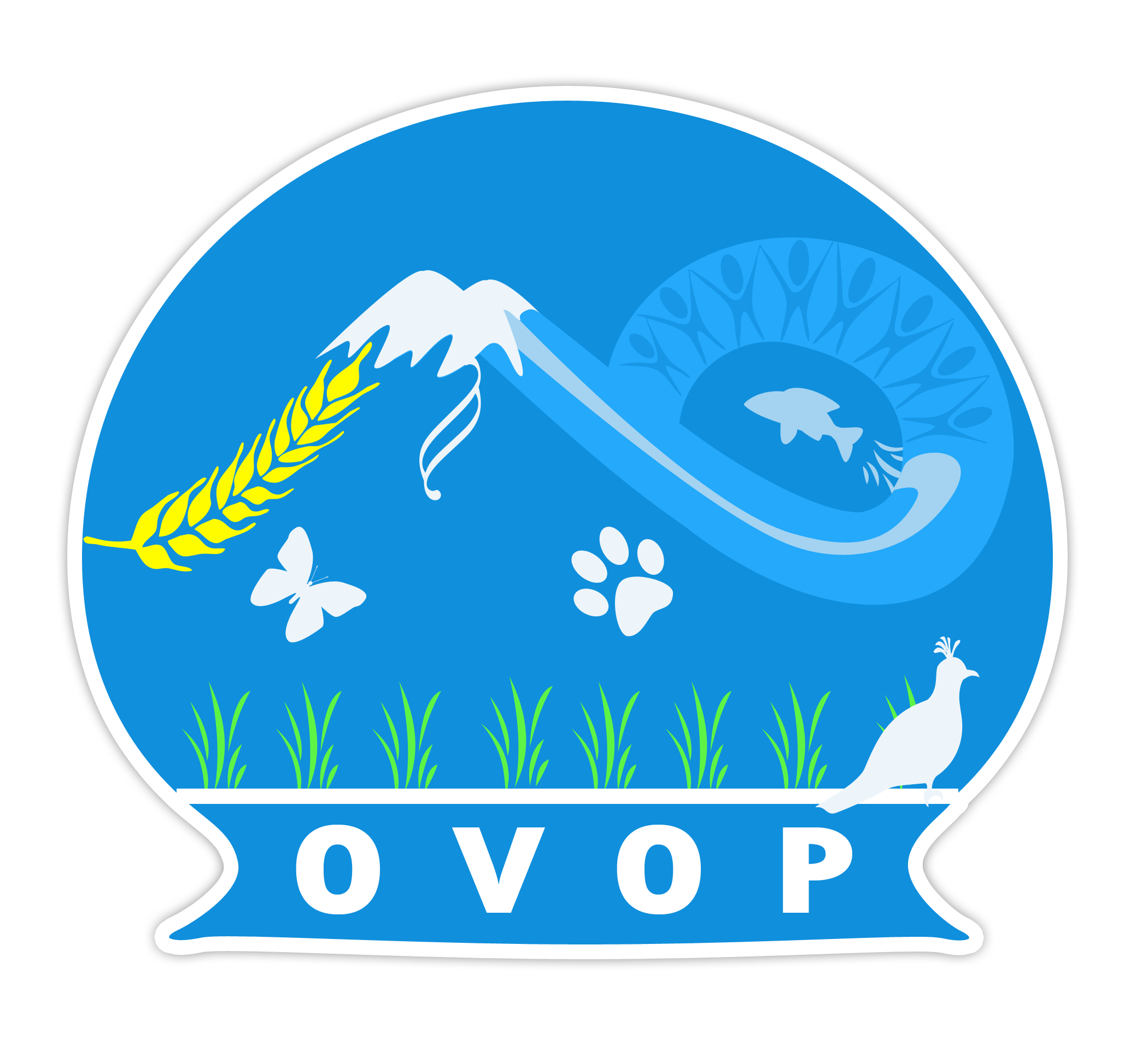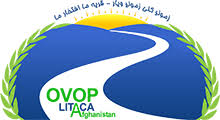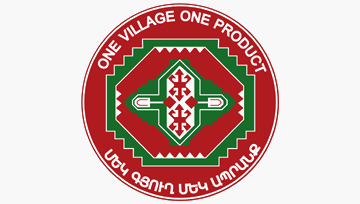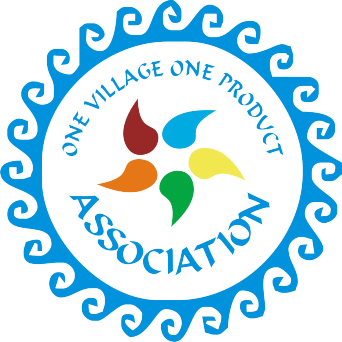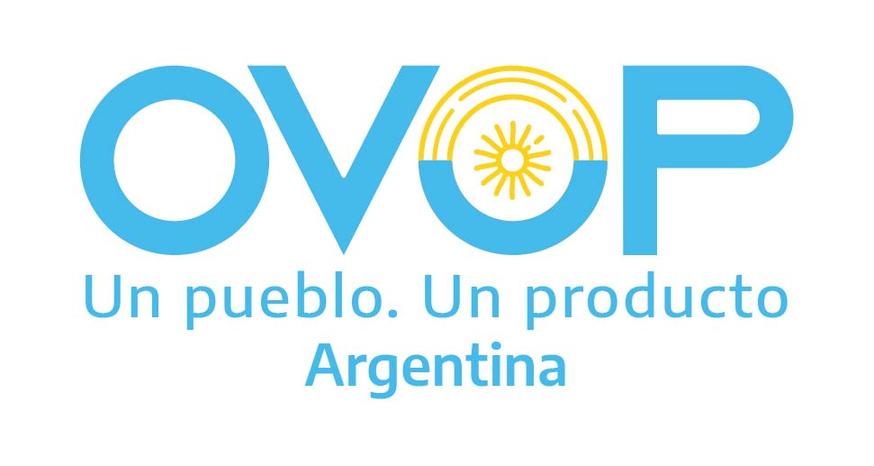1. Legal provisions
Food safety: Traceability, hygiene and control
When it comes to food products, the main focus of European Union law is food safety. The European Commission Regulation 178/2002 is the legal framework for this. Food products must be traced throughout the supply chain to ensure food safety and minimize the risk of contamination.
Control food imports into Europe
In the absence of multiple compliance, more stringent conditions, such as health certificates and analysis test reports, will be required upon import. Products from countries with repeated non-compliance appear on the list are included in the Annex of European Commission Regulation 669/2009
Avoid pollution to ensure food safety Pollutants are substances that can occur due to the different stages of planting, processing, packaging, transporting or storing. The various forms of pollution are:
- Pesticides: The presence of pesticides is one of the most common reasons for border authorities to refuse cooperation from producing countries. Please note that products containing more pesticides than allowed will be withdrawn from the EU market.
- Mycotoxin: Mold and mushrooms are another important reason for the rejection of coffee. Ochratoxin A level (OTA) is a specific spot of attention; For roasted and ground roasted seeds, the maximum level of Ochratoxin A (OTA) is set at 5 μg / kg while the maximum level is set at 10 μg / kg for instant copper (instant copper).
- Salmonella: This is a very serious form of pollution and sometimes occurs due to incorrect harvesting and drying techniques. Coffee beans are considered low-risk goods related to salmonella pollution. Food safety authorities may withdraw imported food products from the market or prevent them from entering Europe when Salmonella is available.
Extraction Solvents
Solvents may be used to remove caffeine from coffee. There is a maximum residue limit for extracted solvents such as methyl acetate (20 mg/kg in copper), dichloromethane (2 mg/kg in copper roast) and ethylmethylketone (20 mg/kg in copper).
General requirements for packaging and labeling
Note that no specific labeling and packaging laws in the European Union Directive 2009/32 / EC apply to all goods sold on the European Union market. For a list of requirements, refer to the European Union’s Trade Helpdesk. Here you can choose your specific product code according to chapter 09. 2.
2. What are the requirements for the niche market?
These certification standards primarily focus on strict sustainability principles and apply to appropriate segments of the collaborative market. Specific certifications for each market are listed here:
- Organic: For a company to market their product as "organic" in the European market, it must comply with the European Union's regulations on organic production and labeling. Organic production and labeling requirements are set out in European Union legislation and audit of processing and planting facilities.
- Fair exchange: Getting a fair trade certificate is a proven way to demonstrate your business performance for social conditions in your supply chain. After being certified by an independent third party, you are allowed to place the Fairtrade logo on your product.
The fair trade standards available in the European market are Fair Trade Ecocert and Fair for Life. Fair Trade Ecocert offers guaranteed minimum prices, producer support and good agricultural practices. For this standard, organic certification is required. Fair for Life has a similar proposition, and is a standard for companies that demonstrate good working conditions and a commitment to fair sourcing and accountability for their main manufacturers. Fair certification for products also confirms the traceability of all certified products from production to sales.
Biodiversity
There are many certification standards focusing on biodiversity, including Demeter, SMBC Bird Friendly and FGP-cert.
3. Advice:
Conducting organic and certified production can be expensive, especially for small owners. In the current market, return on investment may not be high. On the other hand, it can increase productivity and improve quality. Consult your potential customers to verify if organic certification is required. See the website of the International Organic Agriculture Federation (IFOAM). Here you can find various organic labels belonging to this organization. Refer to the International Trade Center’s Standards Map database for various organic labels and standards. Before joining the Fair Trade or other sustainability certification program, make sure that this label is sufficient in your target market and whether it will be cost-effective for your product. Besides certification, transparency of the supply chain is an asset in the special segment. Communicate directly and clearly between producers and consumers.
Source: https://www.cbi.eu/market-information/coffee/buyer-requirements







